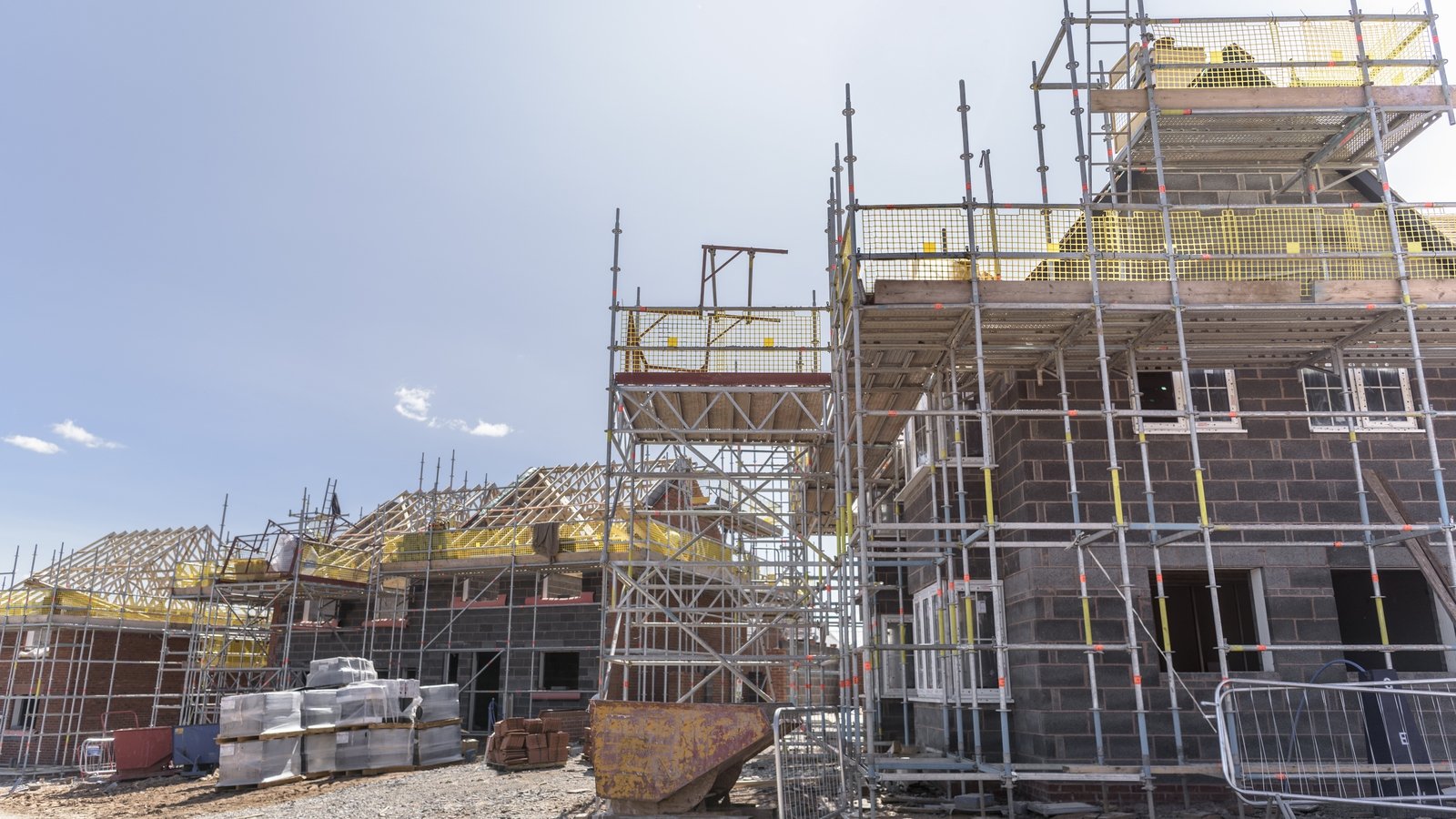Bussiness
SCSI calls for increase in building control inspections

Ireland’s approach to the enforcement of building regulations requires a cultural shift, according to the new President of the Society of Chartered Surveyors.
Kevin Hollingsworth called for a new proactive approach by local authorities, which he said must be backed by exchequer funding.
Currently, local authorities are required to only inspect between 12 and 15% of new buildings notified to them.
Two local authorities – Mayo and Sligo – didn’t meet the bar in 2022 and many others are just about hitting the minimum target, according to the Society, citing the National Oversight and Audit Commission’s Local Authority Performance Indicator Report.
Mr Hollingsworth said enforcement of regulations should be viewed as an essential service, not a minimum target that should be struck.
He points to the mica and pyrite issues in parts of the country as well as the various apartment defects as examples of legacy issues that maybe could have been avoided or lessened by greater enforcement of building regulations.
“The Government’s estimate for dealing with the financial cost of the mica, pyrite and apartment defects issue is about €5bn, made up of €250m for pyrite, €2.2bn for mica and €2.5bn for apartment defects,” Mr Hollingsworth said.
“However, this should be viewed as a minimum figure with more recent media reports indicating a figure in excess of €7bn to be more realistic,” he added.
He said local authorities had spent a fraction of this sum – around €20 million – on enforcing building control regulations.
“If you subtract the €5m they made from fees, the figure is just €15m with €5.4m of that being spent by Dublin City Council,” he explained.
Mr Hollingsworth said there was a view that many local authorities considered enforcement as a cost that they have to shoulder and that there was no incentive for them to increase their level of inspections.
“We have a situation where 80% of new buildings are now being inspected in Dublin while the figures in Mayo and Sligo are 7% and 11%, respectively.
“Many of the issues encountered during inspections are localised and that is why it is so important to have a uniform system of inspections with consistent enforcement across the country. Enforcing these important regulations should not depend on the county you’re living in.”










